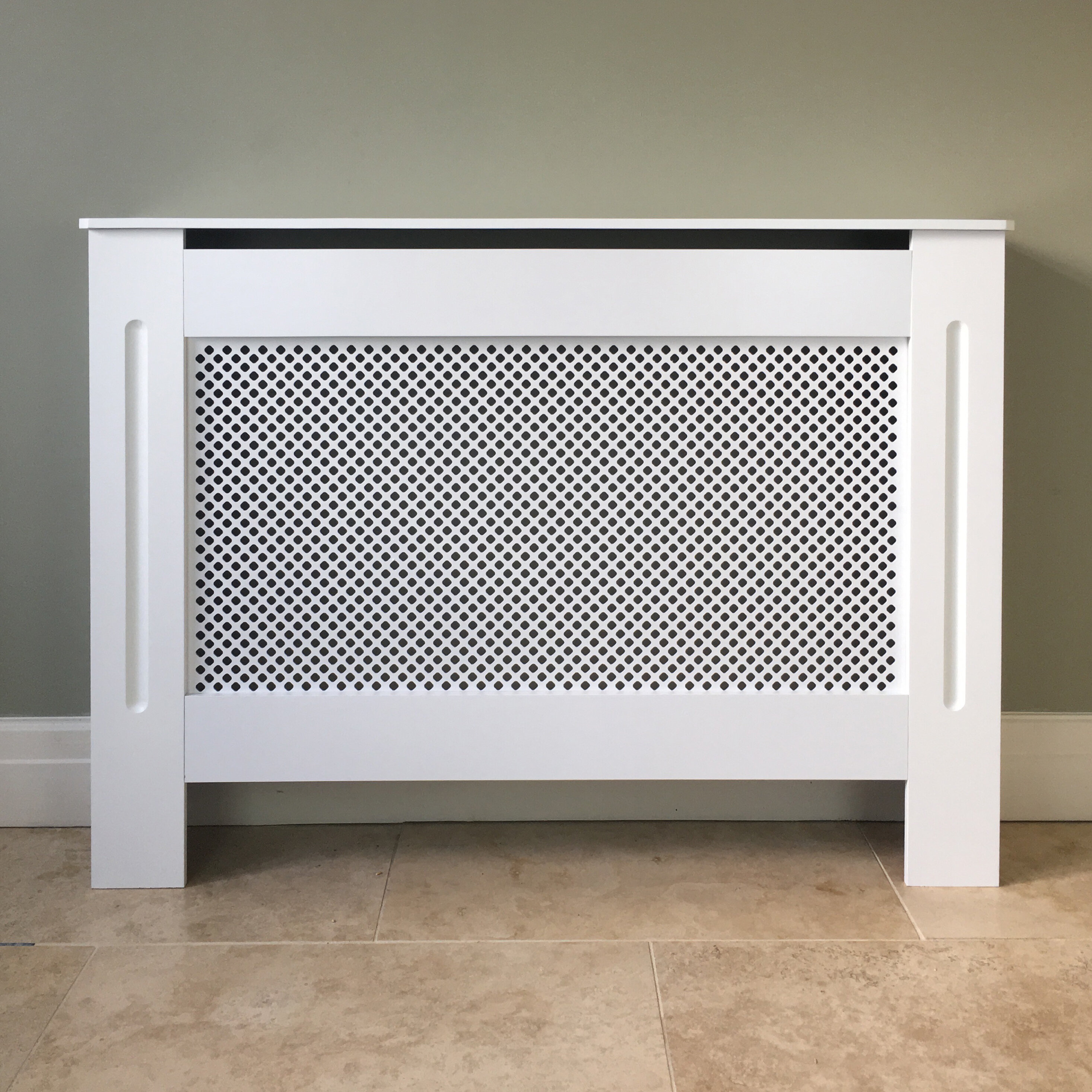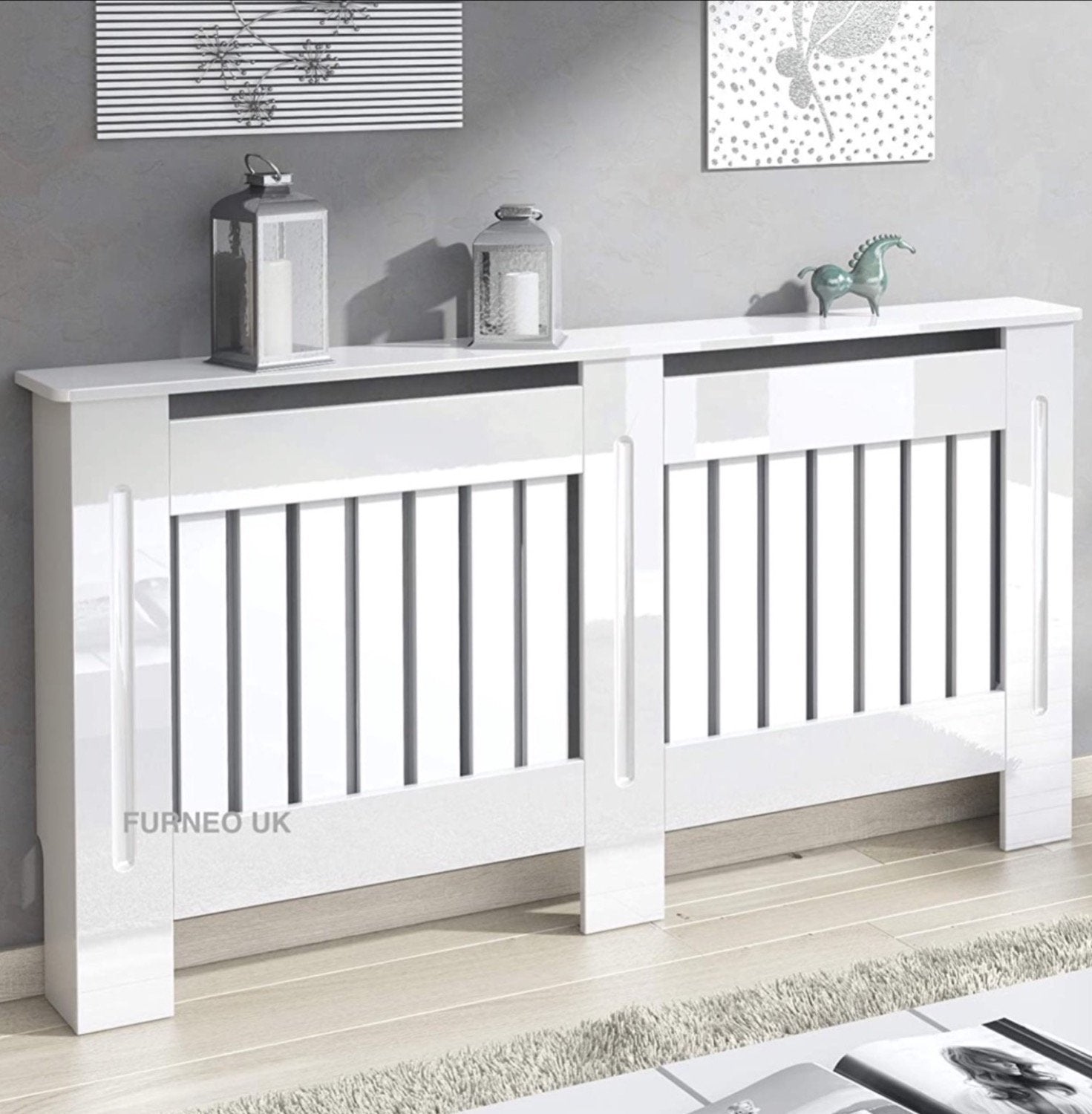Radiator Covers: Recognizing Products, Layouts, and Benefits
Radiator covers serve both visual and useful purposes within a home, offering a variety of materials such as steel, mdf, and hardwood to match different design choices. Picking the best radiator cover involves understanding the nuances of materials, layouts, and their associated benefits.
Sorts Of Products


Wooden covers, often crafted from woods such as oak or maple, supply a timeless, warm appearance that matches standard insides. Their toughness and capacity to be stained or repainted add to their flexibility. Metal covers, normally made from steel or light weight aluminum, are favored for their robustness and modern look, typically featuring smooth lines that improve contemporary rooms.
MDF, a made wood product, is prominent for its cost-effectiveness and simplicity of personalization. It can be painted or finished to match existing design while using a smooth surface. Plastic covers, while less usual, are immune and light-weight to wetness, making them ideal for damp settings.
Ultimately, the selection of product for a radiator cover must straighten with the home owner's design preferences, practical demands, and the details setting where the cover will certainly be mounted. Each material offers an unique character, ensuring that there is an alternative to match every taste and setting.
Popular Design Styles
Emphasizing visual charm, popular design styles for radiator covers mirror a series of preferences and interior style trends. Typical layouts frequently include elaborate woodwork and luxuriant detailing, making them ideal for vintage-inspired or traditional interiors. These covers usually incorporate carved elements, providing a warm and inviting feeling to any area.
In contrast, contemporary designs concentrate on minimalist visual appeals, defined by clean lines and understated elegance. Products such as steel or smooth timber with a smooth coating are commonly used, permitting these covers to mix seamlessly into modern-day spaces. Industrial styles, on the various other hand, embrace raw materials like exposed steel and concrete, adding a bold declaration to loft space or city setups.
For those seeking a distinct touch, bespoke styles supply modification choices that accommodate private choices, making it possible for property owners to choose colors, patterns, and products that match their design. Furthermore, farmhouse-style covers incorporate rustic components, featuring troubled wood and straightforward kinds that stimulate a comfy, country beauty.
Benefits of Radiator Covers
Radiator covers not only improve the visual allure of a room however likewise use a number of sensible advantages that make them a worthwhile addition to any home. One of the primary advantages is safety and security, especially in homes with pets or kids. Covers lower the danger of burns from warm radiator surfaces, ensuring a safer environment.
In addition, radiator covers can browse around this site improve power effectiveness. By routing warmth right into the area as opposed to permitting it to get away, they help maintain a constant temperature level, decreasing heating prices gradually. This is especially helpful in older homes where radiator systems might be less efficient.
An additional notable benefit is noise reduction. Radiators can sometimes create undesirable noises during operation, and covers can help smother these sounds, adding to a more serene space. Radiator covers can be useful, supplying additional storage or screen room, thereby maximizing the energy of often-overlooked locations.
Finally, they can shield radiators from dust and debris, which can prevent efficiency and increase maintenance requirements. With these incorporated benefits, radiator covers arise as a sensible service for improving both the capability and style of any type of home environment.
Installation Considerations
Mounting radiator covers requires careful consideration to make sure both functionality and security (Radiator cover). First, evaluate the measurements of your radiator and the surrounding room to ensure an appropriate fit. Accurate dimensions are critical; an uncomfortable cover can obstruct heat circulation or develop safety and security hazards
Next, assess the material of the cover. While timber supplies visual appeal, metal options might supply better toughness and warm resistance. Think about the weight of the cover as well; larger covers may require extra support or reinforcements to avoid sagging or damages gradually.
Air flow is an additional vital facet. Covers should feature ample airflow to avoid getting too hot and maintain reliable heating. Look for layouts with slats or openings that permit heat to circulate without obstruction.
Furthermore, guarantee that the cover is securely mounted to stop mishaps, particularly in homes with pet dogs or youngsters. Radiator cover. It's advisable to follow the producer's installment guidelines closely and, if necessary, consult a professional for complicated setups
Upkeep and Treatment Tips
Appropriate maintenance of radiator covers is vital for guaranteeing their durability and optimum performance. Normal cleaning is essential; dust and particles can build up, obstructing air movement and reducing heat effectiveness. Make use of a soft, moist fabric or a microfiber duster to gently wipe the surface, preventing rough chemicals that might harm the coating. For painted or timber covers, think about an ideal gloss or protective finish to maintain their look.
Examine the covers occasionally for signs of wear or damages, such as splits or peeling off paint. Addressing these issues without delay can prevent additional damage. Guarantee that the covers are securely fastened and inspect for any type of loose screws or installations, as vibrations published here from the radiator can loosen them in time.
In colder months, stay clear of putting hefty items or attractive items in addition to the radiator covers, as this can impede heat distribution and cause unneeded anxiety to the framework. Lastly, consider seasonal maintenance by eliminating the covers for comprehensive cleaning and evaluation throughout warmer months when the furnace is inactive. Taking on these basic care tips will improve the efficiency and visual appeal of your radiator covers, guaranteeing they serve their function properly for several years ahead.

Verdict
In summary, radiator company website covers serve as functional and aesthetic improvements to property areas. Mindful consideration of setup and maintenance additional makes certain the longevity and effectiveness of radiator covers in any kind of home atmosphere.
Radiator covers offer both practical and visual purposes within a home, supplying a range of materials such as metal, wood, and mdf to match different style choices. Choosing the best radiator cover entails comprehending the nuances of products, styles, and their connected advantages.Highlighting aesthetic charm, preferred layout styles for radiator covers mirror a variety of tastes and interior design patterns.Radiator covers not only improve the visual allure of a space however also use several sensible benefits that make them a rewarding addition to any type of home. Think about the weight of the cover as well; much heavier covers may call for additional assistance or reinforcements to stay clear of sagging or damage over time.